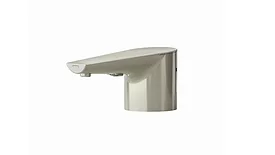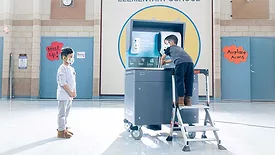Home » Keywords: » commercial bathrooms
Items Tagged with 'commercial bathrooms'
ARTICLES
Upgrading old school restrooms
Elementary and secondary schools have opportunity to utilize funding in support of restroom upgrades.
September 27, 2023
Watts Water Technologies to acquire Bradley Corp.
September 18, 2023
Commercial plumbing prioritizes accessibility and inclusivity
Codes and standards coupled with societal changes call for redesigned commercial spaces.
January 17, 2023
Reprioritized restroom design rules
The hygiene and functionality of commercial restrooms are under more scrutiny than ever, impacting today’s design guidelines. Are your restroom projects hitting all the right notes?
May 18, 2022
Keep your content unclogged with our newsletters!
Stay in the know on the latest plumbing & piping industry trends.
JOIN TODAY!Copyright ©2025. All Rights Reserved BNP Media.
Design, CMS, Hosting & Web Development :: ePublishing









